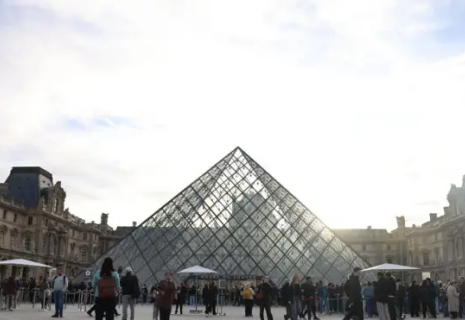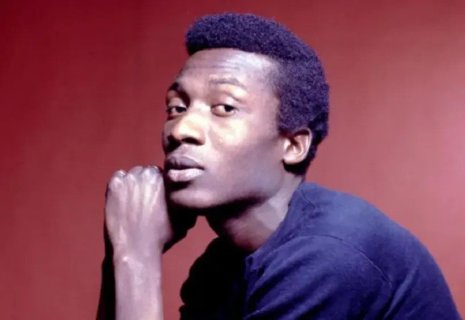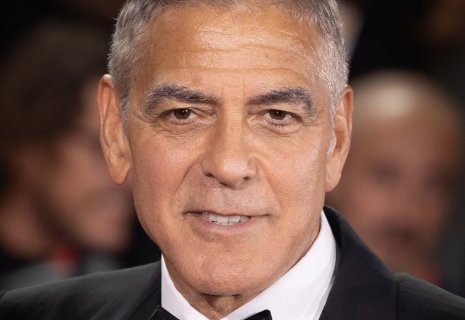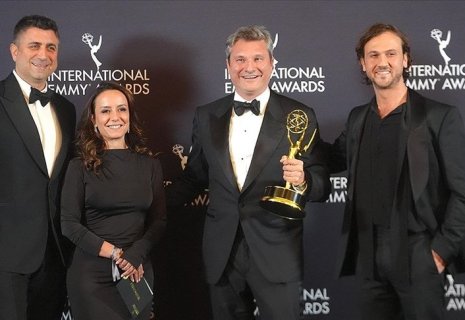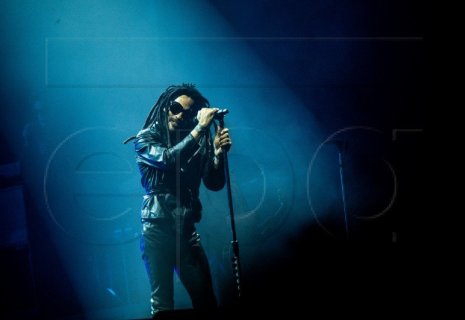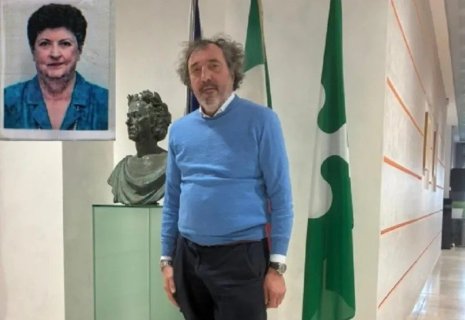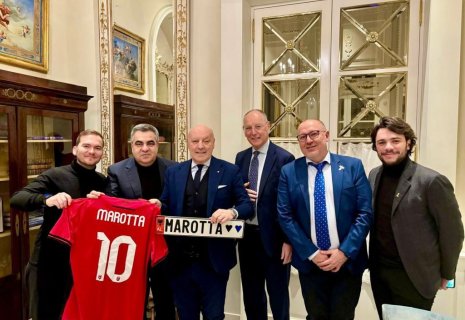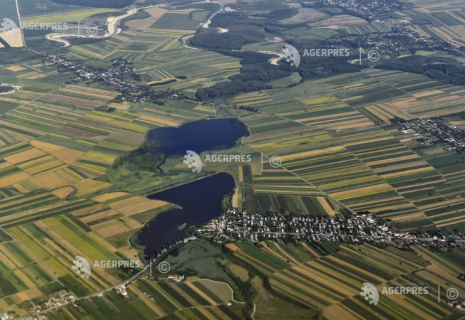
"Zootropolis 2" sequel promises record-breaking box office
“A unique concept to sum up the film? I’d say a celebration of entertainment.
It’s the most fun we were able to imagine.”
This is how director Jared Bush describes Zootropolis 2, the sequel to the 2016 Oscar-winning animated film. The movie arrives in theaters on November 26 and is expected to be one of the biggest global box-office openings of the year, CE Report quotes ANSA.
Presales in North America have already surpassed 125 million dollars, raising hopes that this gem of technique and heartfelt storytelling might cross the billion-dollar mark, just like the first adventure set in the imaginative megacity where prey and predators coexist.
“We’re excited to welcome back all the characters from this wild and vast animal city,” Bush tells ANSA during an interview at the Disney Animation studios, where he serves as creative director.
After solving the biggest case in Zootropolis history in the original film, rookie police officers Judy Hopps and Nick Wilde — an unlikely patrol duo, with Judy the rule-bound rabbit and Nick a fox with a con-artist past — discover that their partnership is not as solid as they believed. Chief Bogo forces them to join the support program “Partners in Crisis,” a group therapy session led by Dr. Fuzzby, a delightful new addition to the colorful local fauna.
It doesn’t take long before their relationship faces the ultimate test: the city spots its first reptile in a hundred years, the viper Gary De’Snake.
To understand his intentions, Judy and Nick give chase, venturing into unknown and dangerous areas where everything is at stake.
“Zootropolis 2 carries forward the message of hope from the first film, but amplifies it,” notes co-director Byron Howard in the same interview.
Howard is a leading name in Disney animation and worked with Bush on the original film and on Encanto, with which the pair won their second Oscar in 2022. The earliest sketches for this new animal comedy date back to that period.
“In the first film, hope was embodied by Judy — her belief that with dedication and determination, differences can be overcome and dreams achieved. In the sequel, the focus is Gary. This snake is even more Judy than Judy herself: full of hope and optimism. And lately, we really need that,” Howard reflects.
The viper also represents one of the film’s most complex technical challenges, produced by Yvette Merino (also from Encanto): its body consists of 448 articulated scales on the head, 160 on the belly, and 2,392 on the back. This is just one example of the immense visual undertaking of the film, which includes dozens of detailed environments — from urban zones to swamps — and 178 unique characters (1,850 when counting costume and fur variations), belonging to 67 species, including reptiles and semi-aquatic animals (such as the perfectly rendered water on walrus skin).
All this technical virtuosity supports a fun and solid story with a very clear message, in true Disney style: “Nick and Judy won audiences over thanks to their differences. After the honeymoon phase, they must work to figure out how to get along and operate as a team. The point is understanding how valuable contrast, variety, and diverse experiences are — especially in a place like Zootropolis, where cultures, species, and clashing instincts merge.”
This message isn’t just for children, Bush explains: “This unlikely pair — a rabbit and a fox — shows us that together we can mend our broken world. In the face of a polarized present, where divisions seem to prevail, it is always worth talking and listening to one another.”


